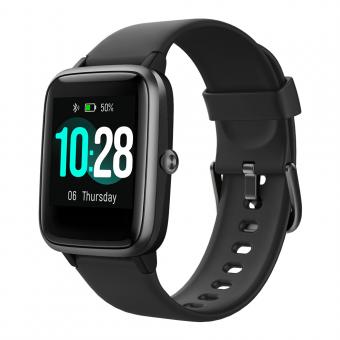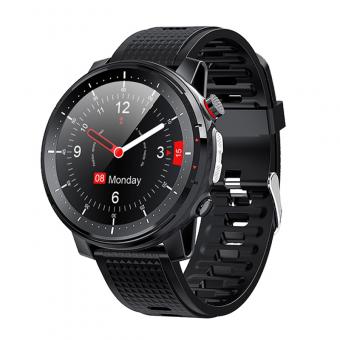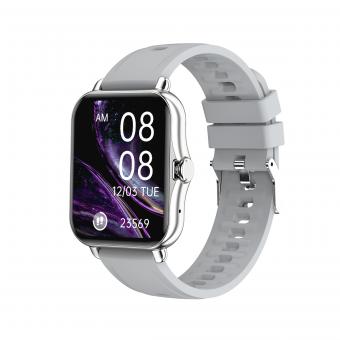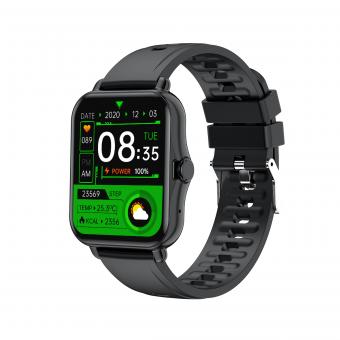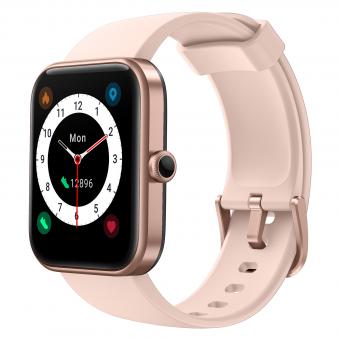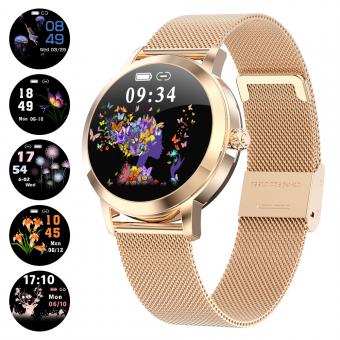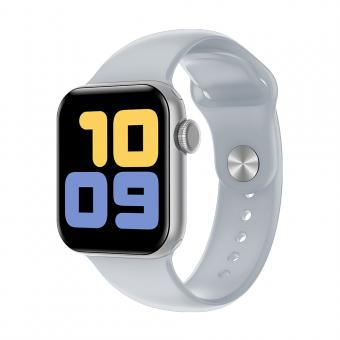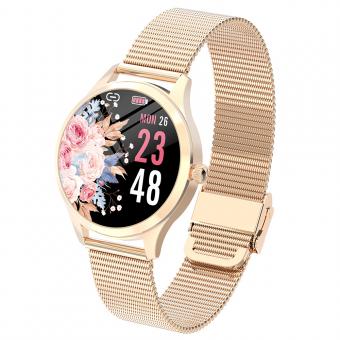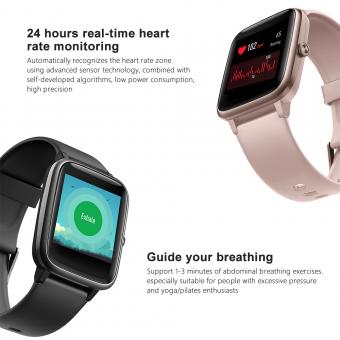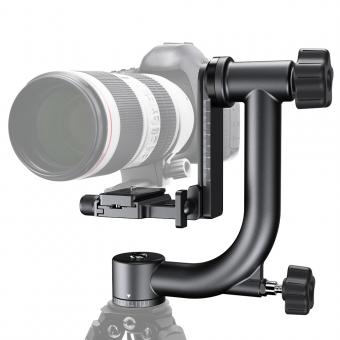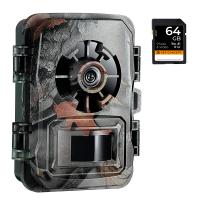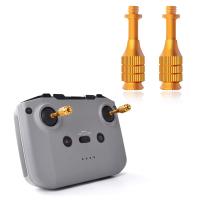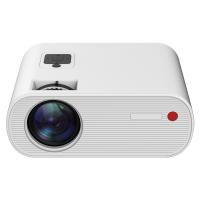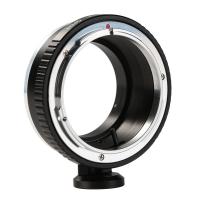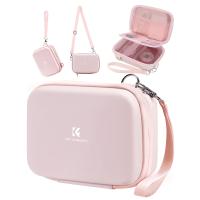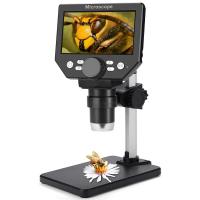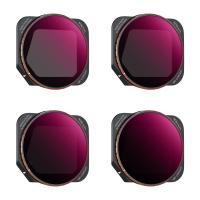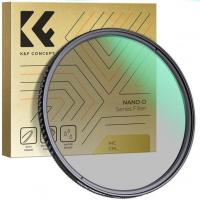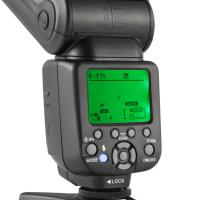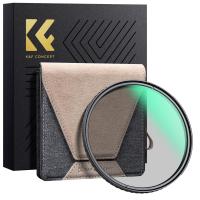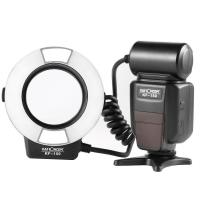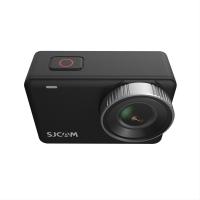Which Smart Watch Have Blood Pressure Monitor?
In the ever-evolving realm of wearable technology, smartwatches have become a cornerstone for individuals looking to integrate convenience, connectivity, and health tracking into their daily lives. One of the emerging features in this space is the ability to monitor blood pressure directly from your wrist. With lifestyle diseases on the rise and health monitoring becoming increasingly critical, having a smartwatch that can keep tabs on your blood pressure is a valuable tool for many. This article delves into the landscape of smartwatches that offer blood pressure monitoring, examining their features, accuracy, and overall utility to help you make an informed decision.
The Necessity of Blood Pressure Monitoring
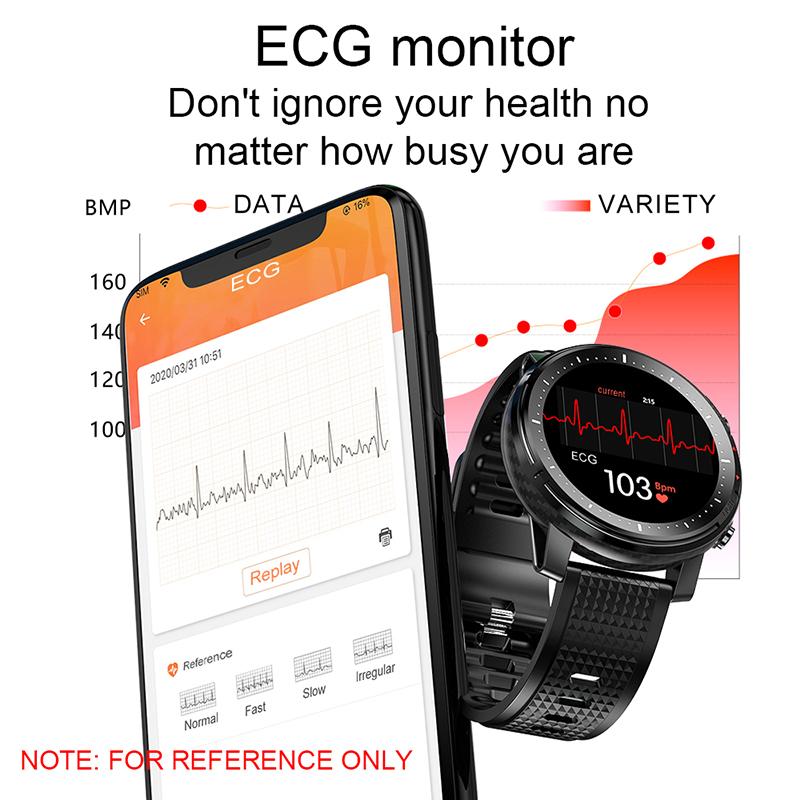
Blood pressure is a critical indicator of cardiovascular health. Consistent monitoring can help manage conditions such as hypertension, and provide essential data for assessing overall health. Traditional blood pressure cuffs can be inconvenient, especially for those who need to measure their blood pressure multiple times a day. This gap has led to the increasing popularity of smartwatches equipped with blood pressure monitors.
Top Smartwatches with Blood Pressure Monitoring Features
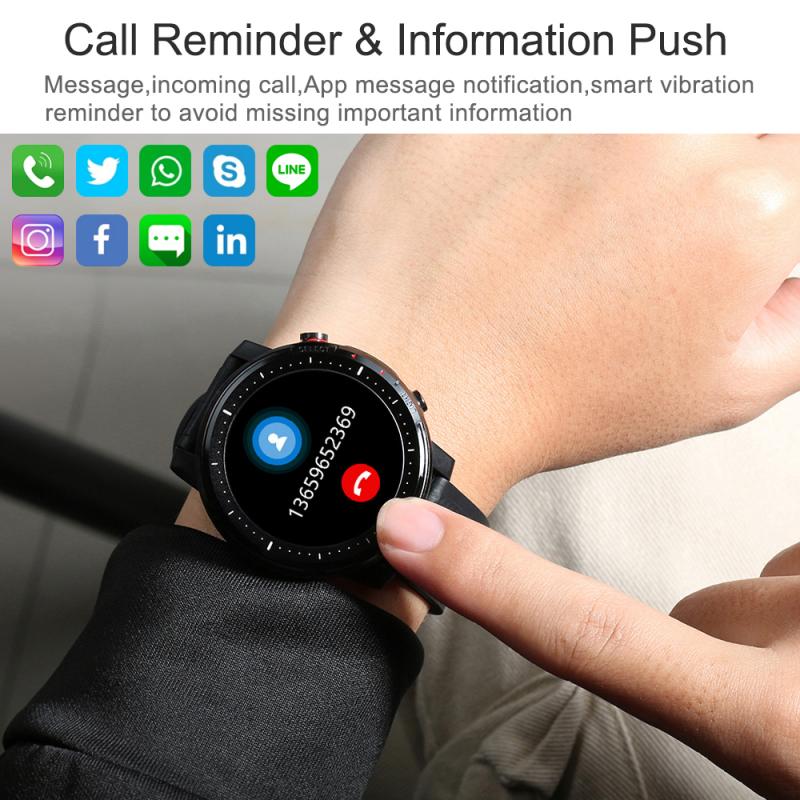
1. Samsung Galaxy Watch Series
The Samsung Galaxy Watch 4 and its successors are among the most popular smartwatches that come with a blood pressure monitoring feature. By utilizing a combination of optical heart rate sensors and advanced algorithms, these watches can estimate blood pressure levels. Users need to calibrate the device with a traditional cuff every four weeks. The Samsung Galaxy series offers comprehensive health tracking, such as ECG monitoring, sleep tracking, and fitness tracking, making it a well-rounded choice for health enthusiasts.
2. Omron HeartGuide
The Omron HeartGuide is specifically designed for those who need accurate blood pressure monitoring. This wearable has been clinically validated, akin to traditional blood pressure measuring devices. It inflates a small cuff around the wrist, allowing for more precise readings. While it might not offer as many functionalities as typical smartwatches, its primary focus on blood pressure monitoring and cardiovascular health makes it a strong contender for individuals with specific health concerns.
3. Fitbit Sense
Although not traditionally associated with blood pressure monitoring, the Fitbit Sense is venturing into this territory. It uses numerous sensors to estimate blood pressure. While it currently relies more on heart rate variability and other health indicators to give an estimated measure, this functionality is rapidly evolving. The Fitbit ecosystem is rich with features such as stress management, sleep tracking, and fitness monitoring, making it a versatile choice for overall health.
4. Amazfit GTR 3 Pro
Amazfit has been making strides in the smartwatch industry with its affordable yet feature-rich devices. The GTR 3 Pro offers a blood pressure monitoring function that uses optical sensors and AI algorithms. It also comes packed with various other health and fitness tracking features, making it a viable option for those who want a balanced mix of affordability and functionality.
5. Huawei Watch D
The Huawei Watch D takes a hybrid approach by combining traditional blood pressure measurement techniques with modern smartwatch conveniences. Utilizing a miniaturized air pump and inflatable cuff, it offers accurate blood pressure readings without sacrificing the typical smartwatch features like GPS tracking, fitness monitoring, and smartphone connectivity.
Factors to Consider When Choosing a Blood Pressure Monitoring Smartwatch
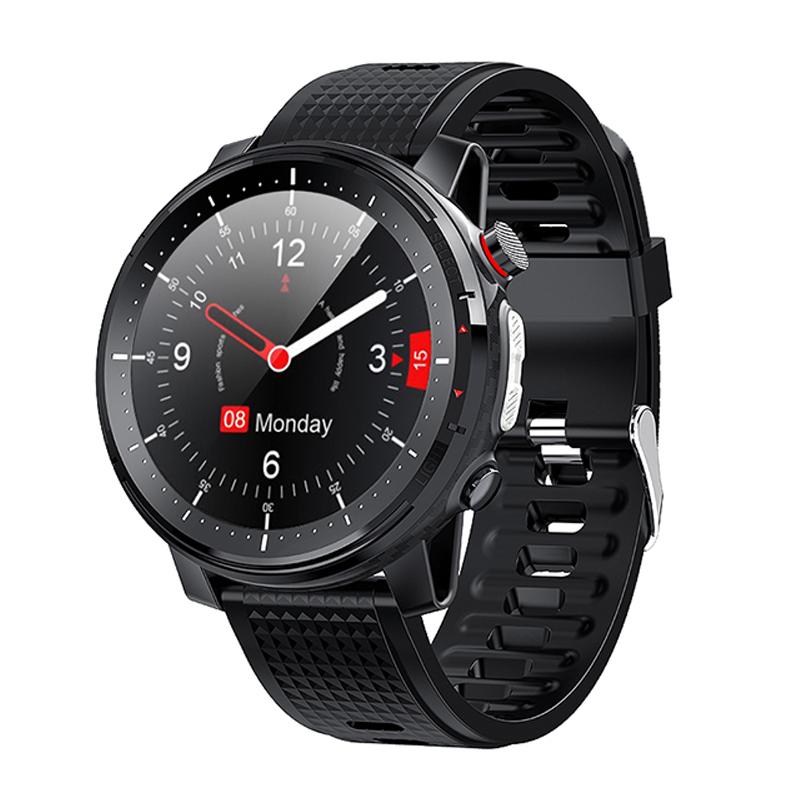
1. Accuracy and Calibration
Most smartwatches with blood pressure monitoring require periodic calibration with a traditional blood pressure cuff to maintain accuracy. Users should consider how often this calibration is needed and how convenient it is to perform.
2. Battery Life
Due to the energy consumption of continuous monitoring and sensor functionality, battery life can vary significantly. It is crucial to find a balance between a device’s feature set and its battery longevity to ensure it meets your daily needs.
3. Ecosystem and Compatibility
The smartwatch should seamlessly integrate with your existing ecosystem, be it iOS or Android. Additionally, compatibility with third-party apps and health services can enhance the usability and convenience of monitored data.
4. Additional Health Features
Besides blood pressure monitoring, other health metrics like heart rate, SpO2 (blood oxygen level), sleep patterns, and fitness tracking can offer a comprehensive view of your well-being. Devices that support multiple health monitoring functions provide better value and utility.
5. Design and Comfort
As something you’ll wear regularly, the smartwatch should be comfortable and aesthetically pleasing. The design, strap material, and weight play significant roles in ensuring that the device is suitable for all-day wear.
As smartwatches continue to integrate more health-related features, blood pressure monitoring represents a significant step forward in wearable technology. While traditional blood pressure cuffs remain the gold standard for accuracy, the convenience of wrist-based monitoring cannot be understated. The Samsung Galaxy Watch series, Omron HeartGuide, Fitbit Sense, Amazfit GTR 3 Pro, and Huawei Watch D each offer unique features and varying levels of accuracy to cater to different needs and preferences.
The right choice will depend on your specific requirements, lifestyle, and how much you prioritize blood pressure monitoring over other features. By considering factors such as accuracy, battery life, ecosystem compatibility, additional health features, and design, you can select a smartwatch that not only monitors your blood pressure but also serves as a valuable companion in your health and wellness journey.


